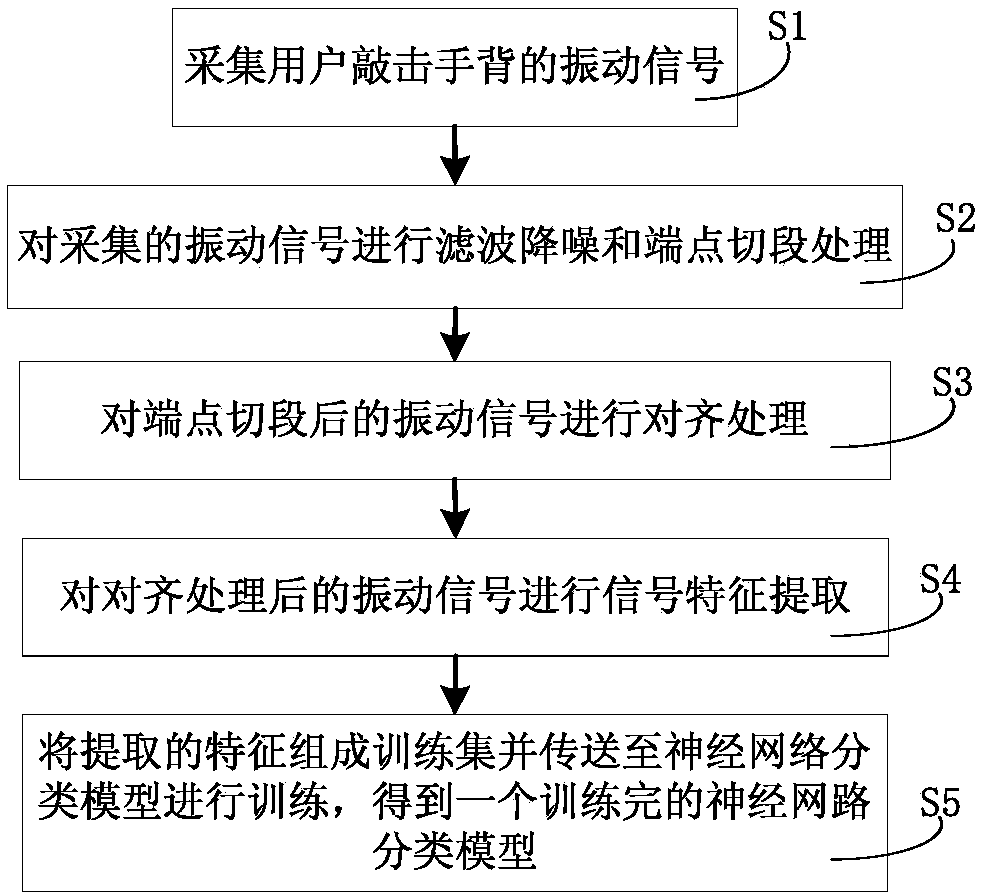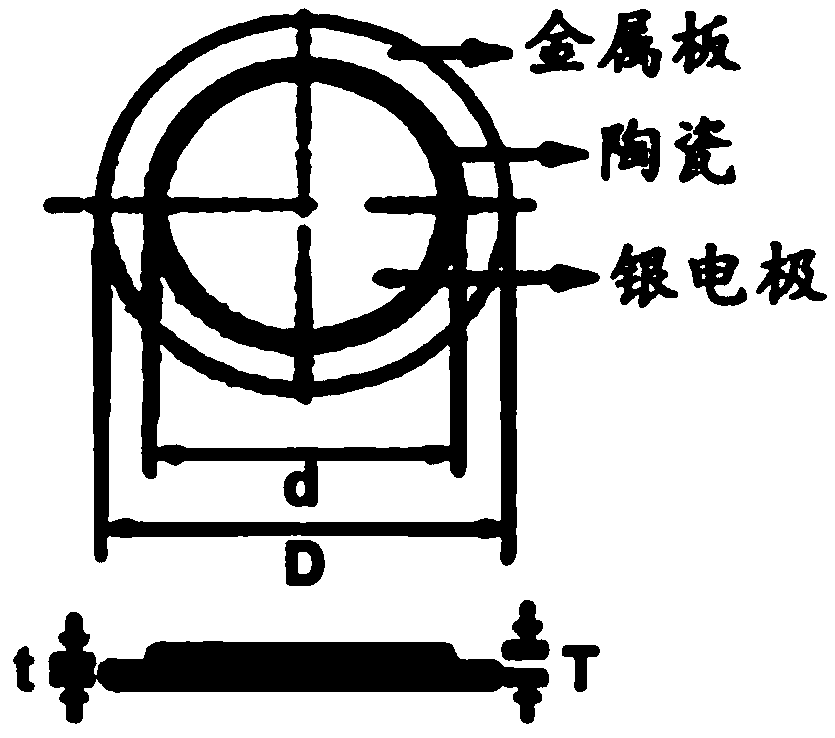Intelligent input method and system based on bone conduction vibration and machine learning
A machine learning and intelligent input technology, which is applied in the input/output of user/computer interaction, the input/output process of data processing, instruments, etc. The input is not convenient enough, etc., to achieve the effect of novel and interesting interaction, improving user experience, and convenient and fast interaction.
- Summary
- Abstract
- Description
- Claims
- Application Information
AI Technical Summary
Problems solved by technology
Method used
Image
Examples
Embodiment Construction
[0027] The preferred embodiments of the present invention will be further described in detail below in conjunction with the accompanying drawings.
[0028] Such as figure 1 As shown, the present invention provides an intelligent input method based on bone conduction vibration and machine learning, comprising the following steps:
[0029] Step S1, collect the vibration signal of the user tapping the back of the hand;
[0030] Step S2, performing filtering, noise reduction and endpoint segment processing on the collected vibration signal;
[0031] Step S3, performing alignment processing on the vibration signals after the end points are segmented;
[0032] Step S4, performing signal feature extraction on the aligned vibration signal;
[0033] In step S5, the extracted features are formed into a training set and sent to the neural network classification model for training to obtain a trained neural network classification model.
[0034] Such as Figure 7 As shown, this examp...
PUM
 Login to View More
Login to View More Abstract
Description
Claims
Application Information
 Login to View More
Login to View More - R&D
- Intellectual Property
- Life Sciences
- Materials
- Tech Scout
- Unparalleled Data Quality
- Higher Quality Content
- 60% Fewer Hallucinations
Browse by: Latest US Patents, China's latest patents, Technical Efficacy Thesaurus, Application Domain, Technology Topic, Popular Technical Reports.
© 2025 PatSnap. All rights reserved.Legal|Privacy policy|Modern Slavery Act Transparency Statement|Sitemap|About US| Contact US: help@patsnap.com



